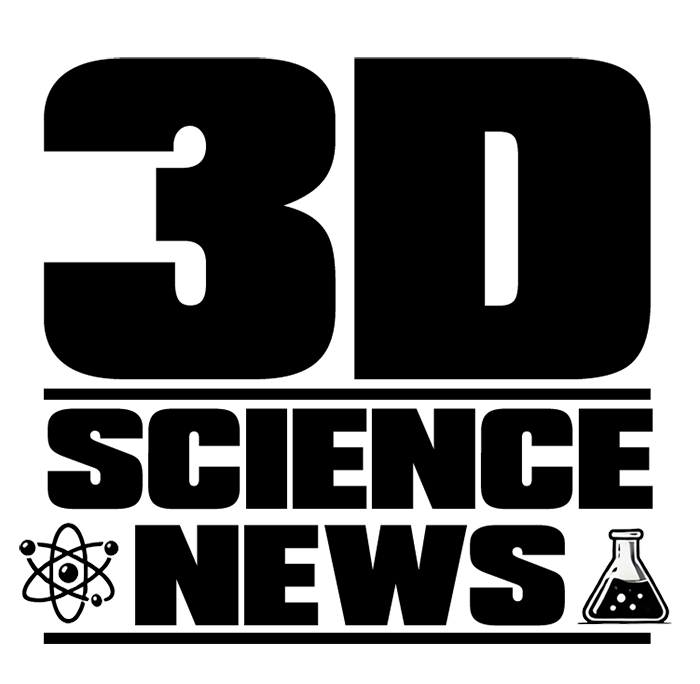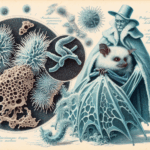Even the most perfect apple turns into an unappetizing science experiment once it starts browning. Nothing says “fresh and delicious” quite like a piece of fruit that looks like it aged a decade in an afternoon. But now, science has a new trick up its lab coat sleeve: violet LED light.
Yes, light. Researchers have discovered that blasting fresh-cut apples with a 700 lux dose of violet LEDs keeps them from oxidizing into sad, brown mush—for days. No weird chemicals. No desperate lemon juice baths. Just good old-fashioned photons doing their thing.
To prove their point, scientists stored one set of apples in total darkness and subjected another to four days of violet LED exposure. The results? The control group looked like a crime scene by day four, while the light-treated apples still looked ready for their close-up.
The secret lies in how violet light messes with an apple’s inner chemistry. It ramps up the production of antioxidant-rich compounds while slowing the oxidative enzymes that normally turn the fruit brown. Translation: the apple stays looking fresh instead of oxidizing into oblivion.
Dr. Aide Wang of Shenyang Agricultural University called the findings a potential game-changer for the food industry. Instead of drowning fruit in preservatives, manufacturers could integrate violet LED treatment into food processing—keeping apples, pears, melons, and pineapples looking Instagram-worthy for longer.
And it’s not just about aesthetics. Fresh-cut fruit is big business, especially in Europe and the U.S., where it makes up nearly a third of total fruit consumption. No one wants to pay premium prices for something that looks like it’s been left out since last week.
The study, published in *Horticulture Research*, suggests that violet LED treatment could not only extend shelf life but also cut down on food waste. Less browning means fewer apples tossed into the bin before they even get a chance to be eaten.
The implications are fascinating. What other foods could benefit from a little LED therapy? Could grocery store aisles start glowing purple, keeping produce fresher for longer? And at what point does humanity finally admit that photosynthesis has been doing this all along, and we’re just catching up?
Five Fast Facts
- Violet light has been used in medical sterilization due to its antimicrobial properties, but now it’s saving your apples too.
- Japan was one of the first countries to popularize pre-cut fruit in convenience stores, making this discovery particularly relevant there.
- Apples contain an enzyme called polyphenol oxidase, which is responsible for that unappealing brown color when exposed to air.
- NASA has explored growing plants under LED lights in space—maybe apples on Mars won’t need preservatives at all.
- The world’s most expensive apple variety, the Sekai Ichi, can cost up to $20 per apple—keeping one of those from browning might actually be worth it.





